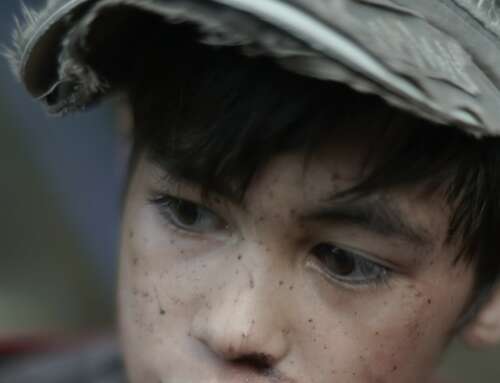I’ve had to leave PG-rated films with my 2 kids in the past, because the film was completely unsuitable for my young kids. It cost me $40 for 10 mins. My own stupid fault for not researching the film beforehand, but still should be clearer as to appropriate ages.
I’m often surprised by content of PG rated shows that I would not have thought suitable for younger viewers but have had very little or no warning to the point that many of them we don’t see, as it is too difficult to judge if they are suitable for our family
These are but two of the comments provided by the nearly 1000 parents who took part in a recent national survey. A major finding of the survey was that 82% of parents think that Australia’s classification scheme does not give them enough information to help them choose movies that are likely to be age-appropriate for their children.
Parents were also asked to comment on whether the M classification (not recommended for those under 15 years, but no legal force) was useful in protecting children. Close to 79% thought this classification should have legal force . Some responses included
I hate my kids coming home and telling me about horrible things their friends saw in M rated films. We don’t take our kids to anything other than PG films and then only after research about why they are PG so I really hate the fact they are exposed to M rated stuff through their friends whose parents take children as young as 5 to see M rated films.
My ex took my child to an M film. My child is 5 years. He said he was scared and didn’t like it but my husband doesn’t have enough awareness/empathy to a) not take him, b) leave if it doesn’t suit… I would rather age classifications to protect kids who have non protective guardians… from a young age.
In addition, parents highlighted their ongoing concerns about the promotion of M movies to young children via associated merchandise.
It’s frustrating that M15+ or R18+ classified films are allowed to market toys and lunch boxes etc to young kids – eg Marvel and XMen movies!! This makes it very hard for parents to explain why the kids can’t actually see the movie!!;
Prevent promotion of M movies to children.eg McDonalds happy meal toys of super hero M movies, licenced clothing for kids, of course they will want to see the movie.
In general, parents found the PG and M classifications far too broad; they wanted more detail about what was in those classifications, and they hated the promotion of M and MA15+ movies to children in the early evening hours on TV. This latter concern is backed up by long time researcher Joanne Cantor. Asked about exposure to brief scary images, such as in trailers, she stated that trailers and promos for movies and television shows can be especially problematic for young children. She said that not only are promos unpredictable (you can choose what program to watch, but not which promo will pop up) , but they often include intensely disturbing images in order to attract an older audience. A particular problem, she saw was that young children can be traumatized by a very brief scene or image out of context, especially grotesque images and intense violence.
The national survey of parents and carers views was conducted online over an 8 week period in March and April this year by the Australian Council on Children and the Media (ACCM), and publicised by several major parenting and health sites (including this one). ACCM is a national community organisation that has for many years been arguing that parents and carers need more information than just whether or not a film is suitable for those under 15 years. ACCM points to the level of parents’ support in The Netherlands for its Kijkwijzer (Watch Wiser) system which classifies films and TV programs using an age-linked system, and based on research on what impacts children at different ages.
ACCM has been doing its bit to help parents with its child-development-based Know before You Go movie review service since 2002. Initially started as part of a media support site for parents of young children with the aid of federal Government funding, ACCM kept it going from its own resources for several years until the SA Attorney General stepped in with funding 10 years ago.
ACCM is motivated in its efforts to have a more evidence-based system in Australia, by Cantor’s and others’ findings about the long term impacts of film images on children. They note that these impacts can stay with children into adulthood, and can lead to the development of unnecessary fears and anxieties. Cantor says that scary media’s impact on children is consistently negative, and that children under the age of ten are especially vulnerable to experiencing troublesome fears. ACCM wants a classification system that offers more practical and useful help to parents, using categories such as G, 5+, 9+, 12+, 16+ and 18+, with categories from 12+ having legal force.
As one survey participant said “Thanks for starting a conversation about it – can we do this more publicly too please?”
Readers who’d like to help push for this change, should write to the Minister for Communications, The Hon Mitch Fifield, Parliament House, Canberra.
Note: A report of the survey can be found here
– Barbara Biggins, Australian Council on Children & the Media







Leave A Comment